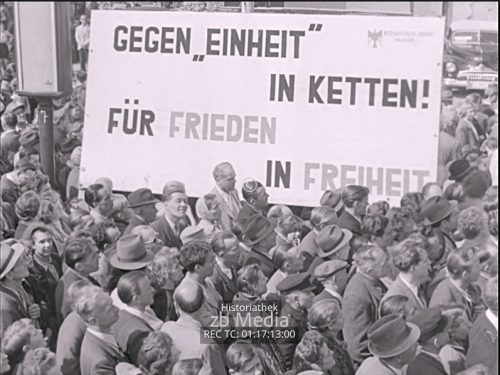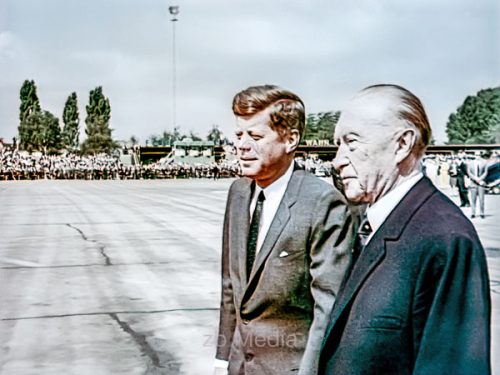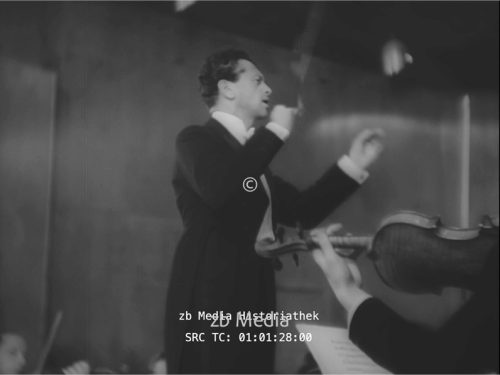Preparations for Valentina Tereshkova’s space flight in 1963. A film clip showing cosmonaut Valentina Tereshkova’s preparations for her space flight on 16 June 1963. Film length 3:24. A licence fee of 7 x 30 seconds is charged to acquire a licence for the complete film.
Valentina Tereshkova 1963 preparation for the flight from zb Media Filmproduktion on Vimeo.






